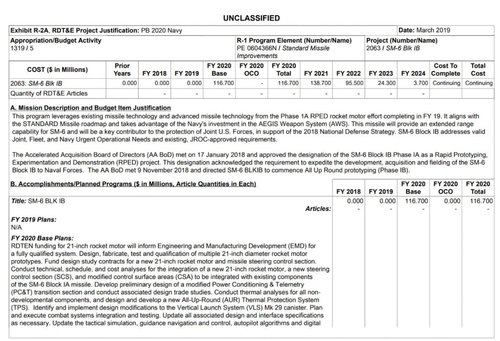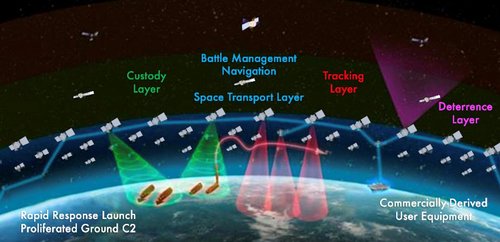- Joined
- 21 April 2009
- Messages
- 13,751
- Reaction score
- 7,676

Space Development Agency to deploy hypersonic missile defense satellites by 2022
A June 5 solicitation for a “tracking phenomenology experiment” is a step in the development of a sensor network in space to track hypersonic missiles.
 spacenews.com
spacenews.com








